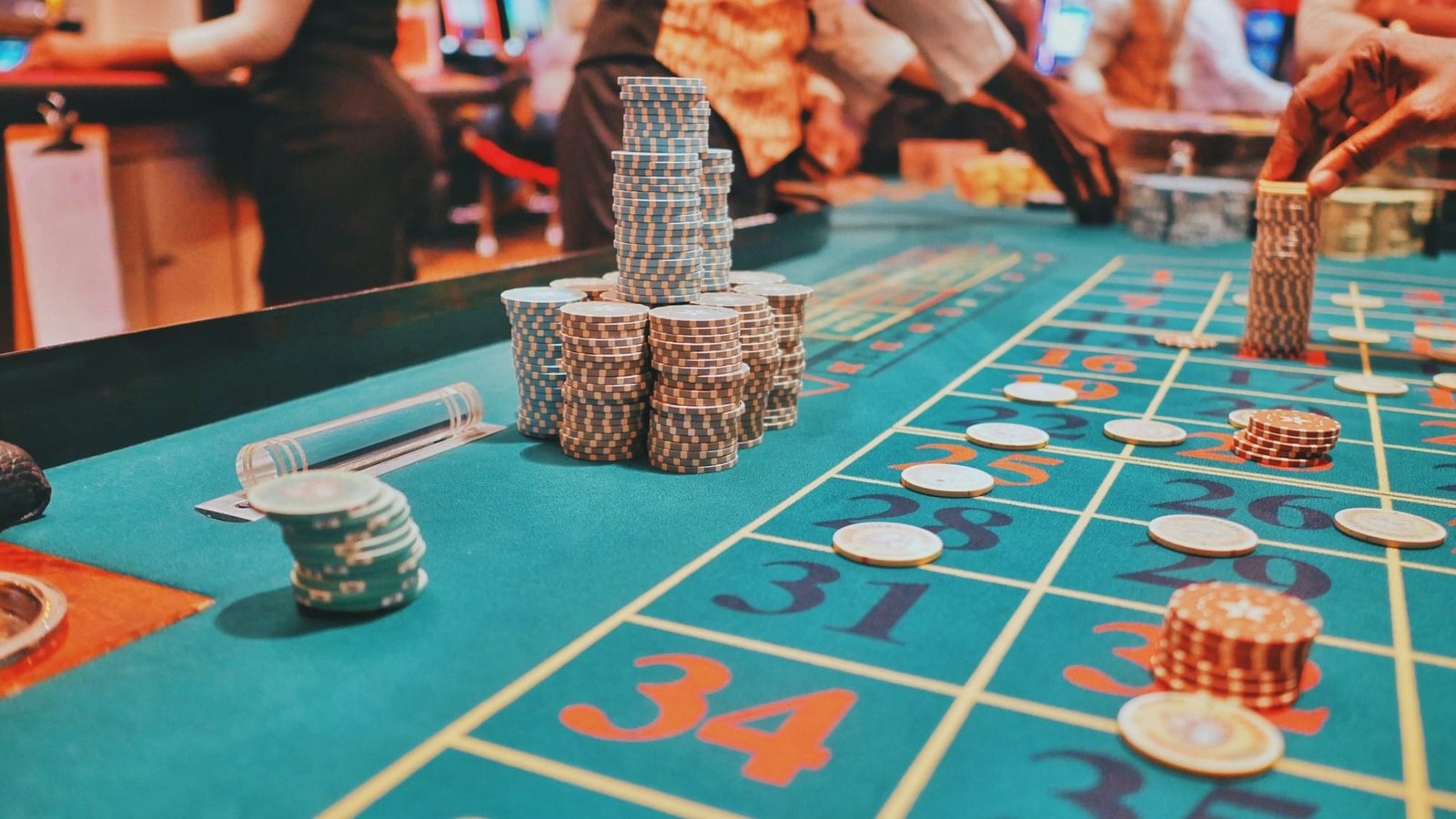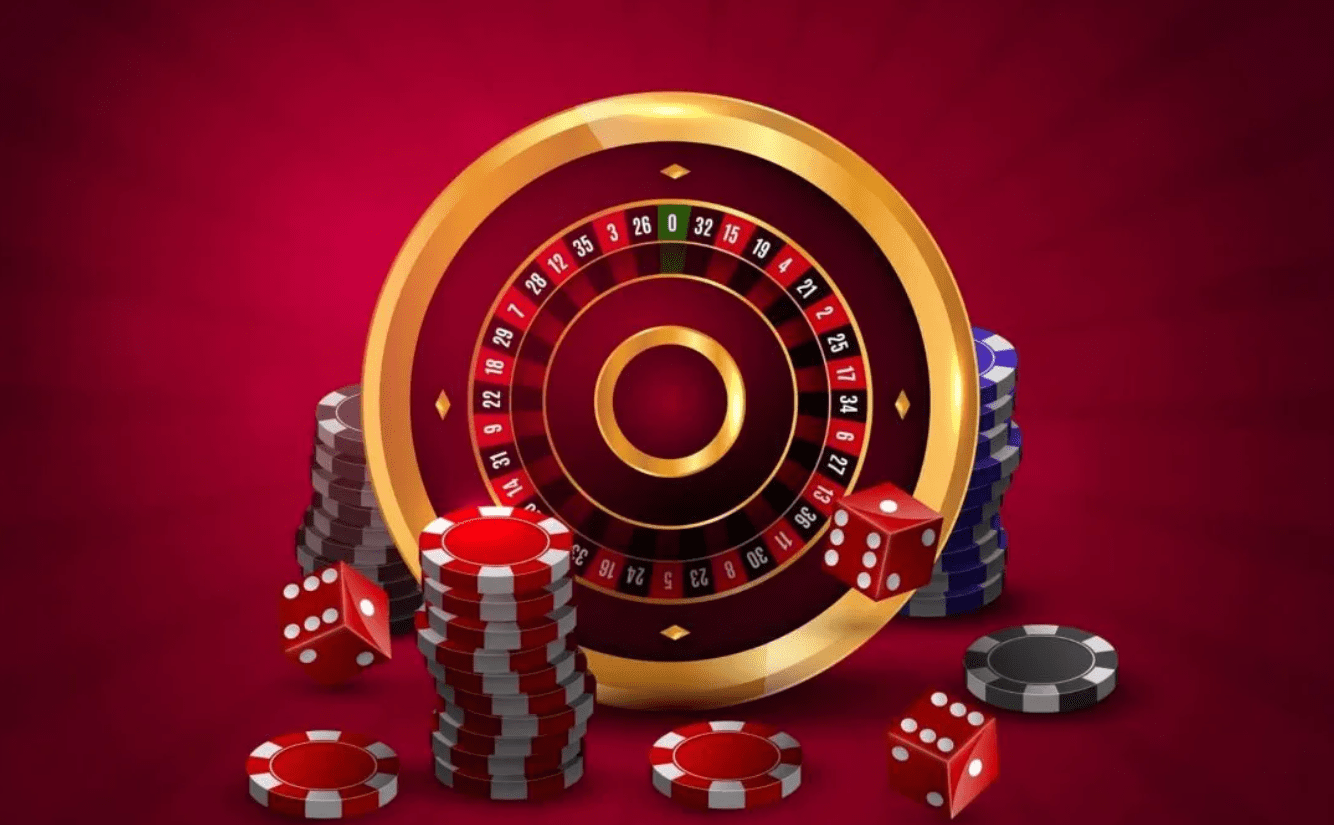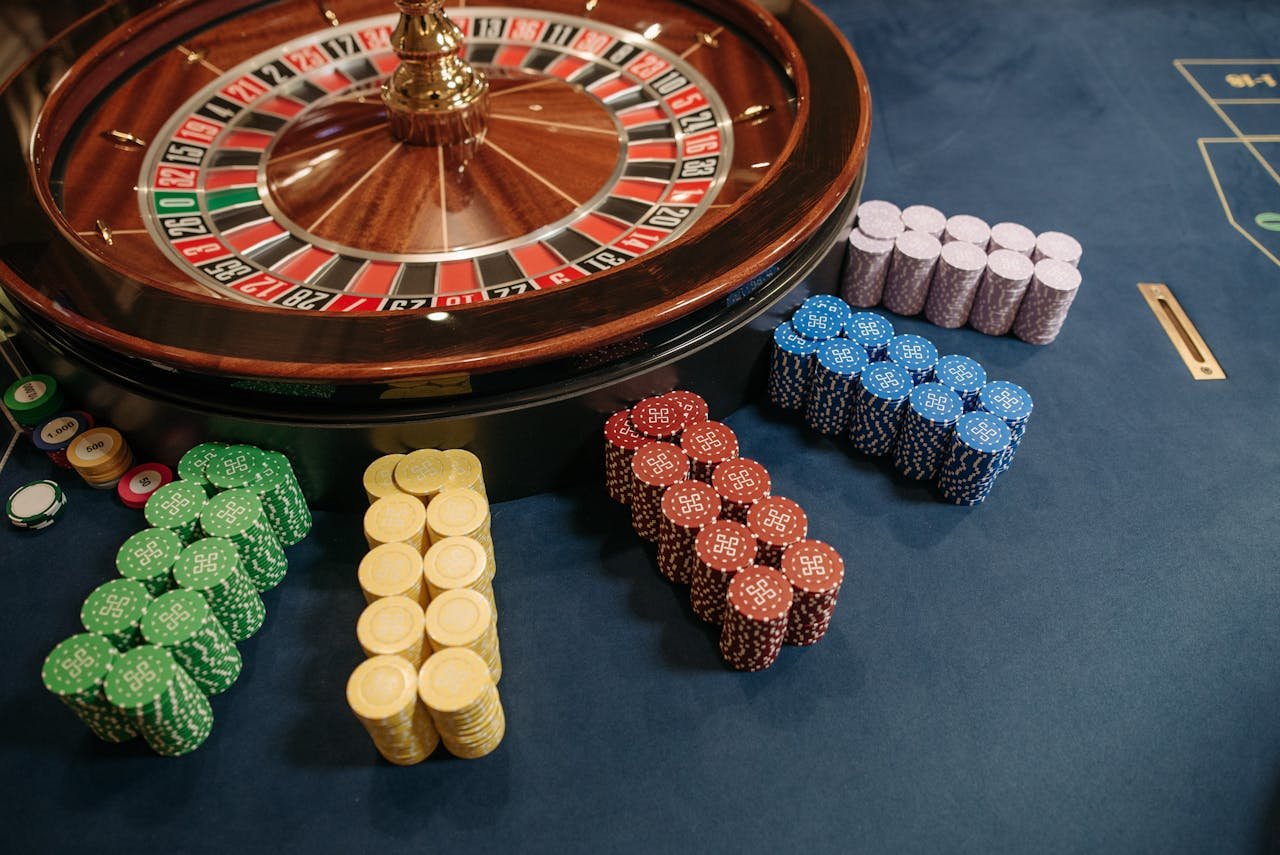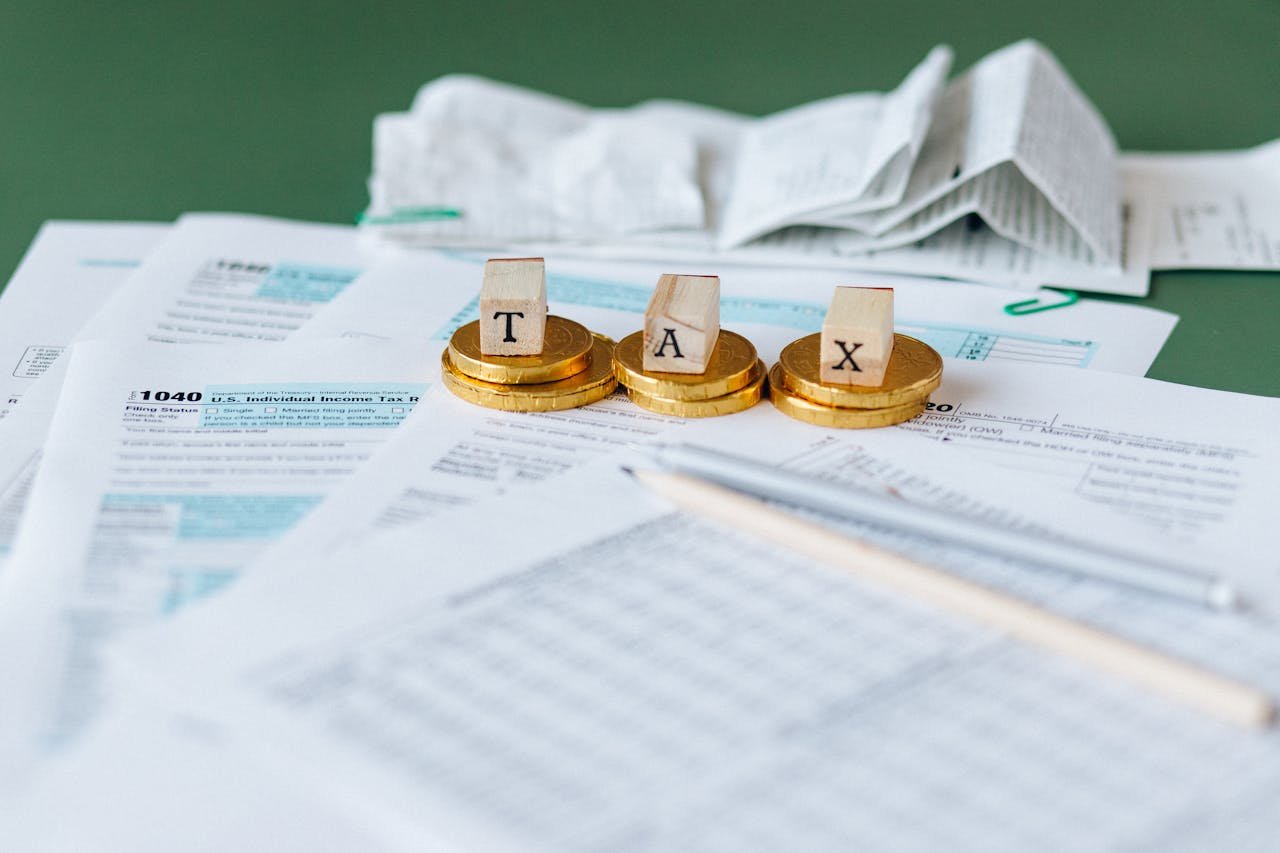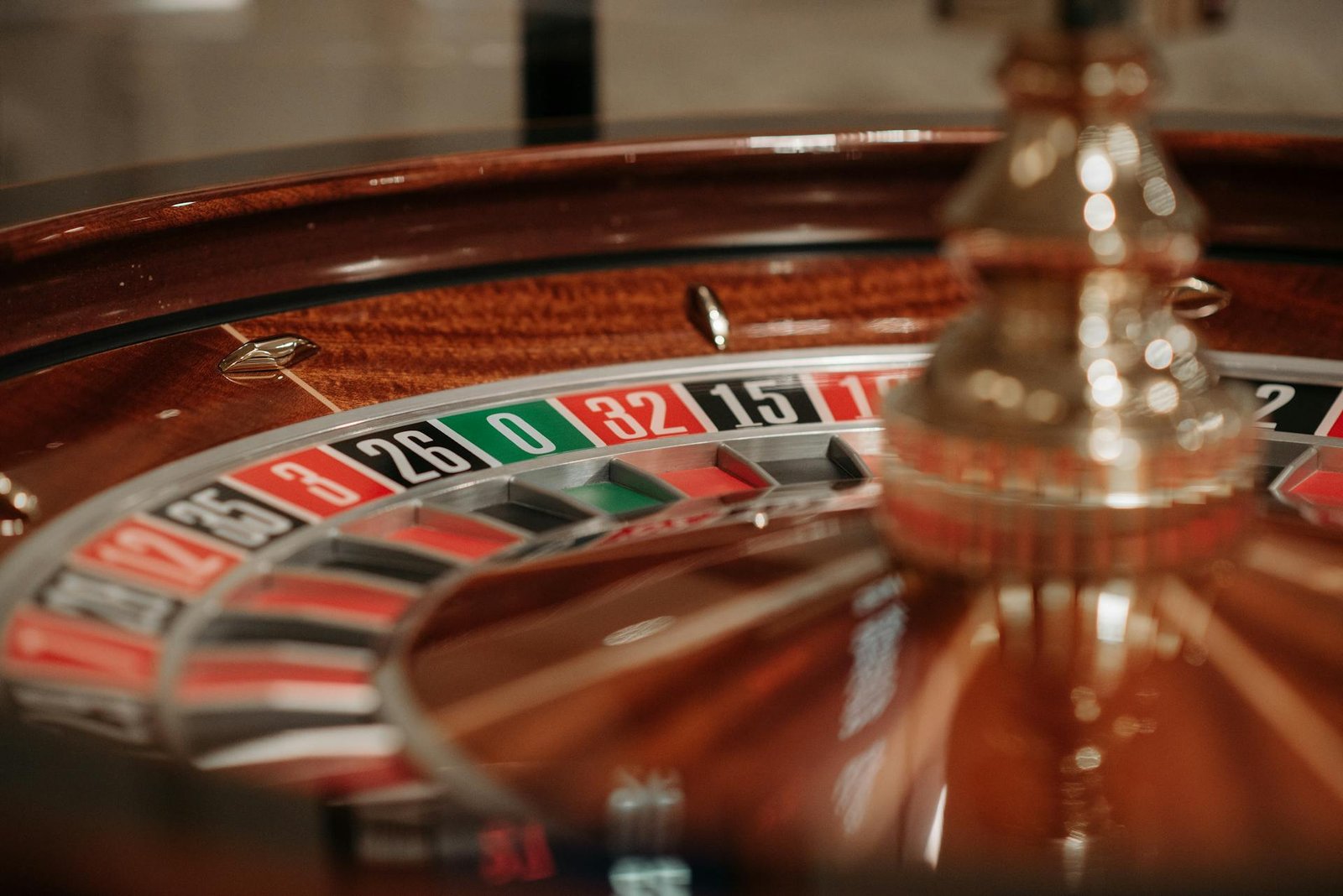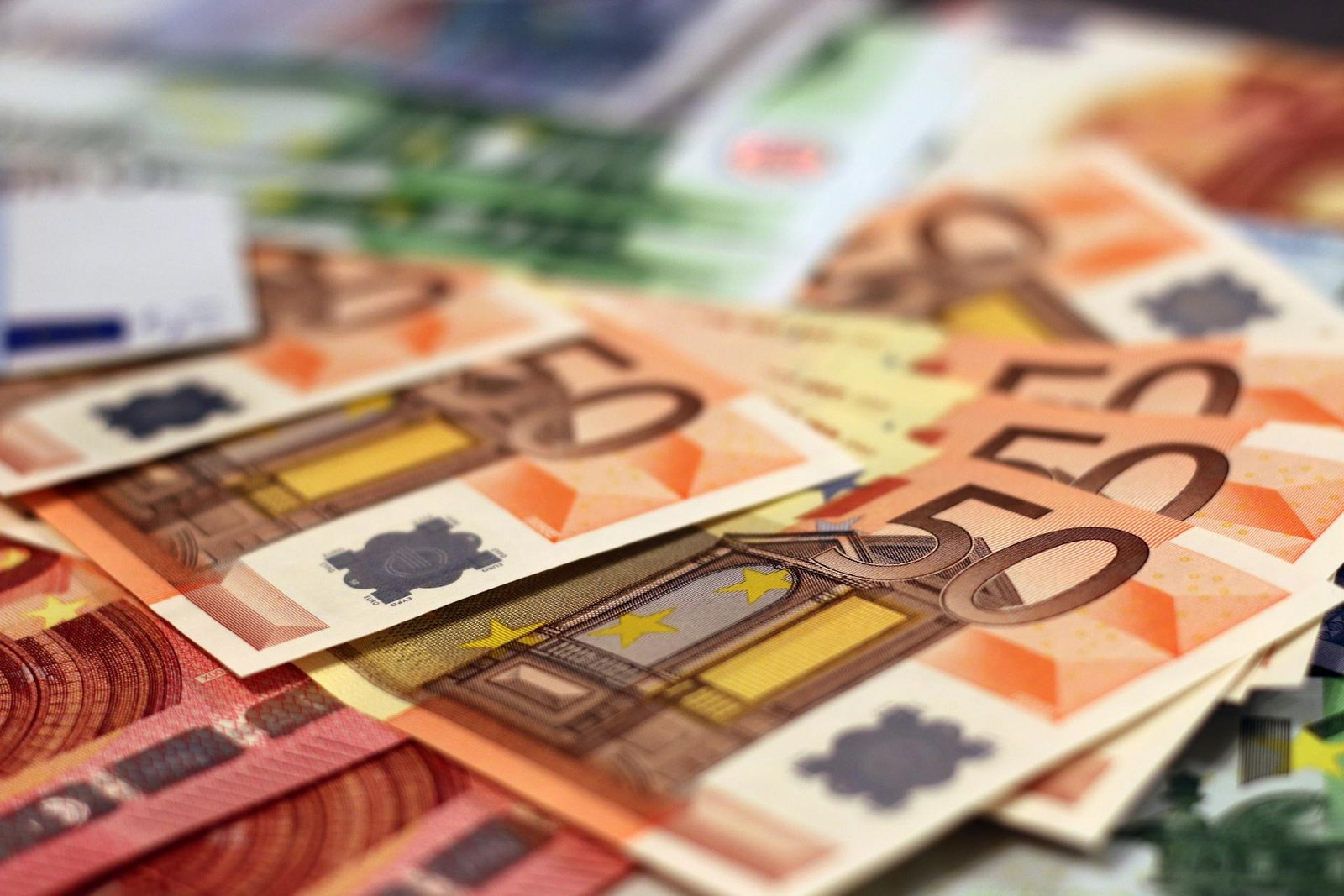How Did Trump Fail in the Casino Business?
Trump failed in the casino business due to excessive debt and poor management decisions. His ventures faced multiple bankruptcies
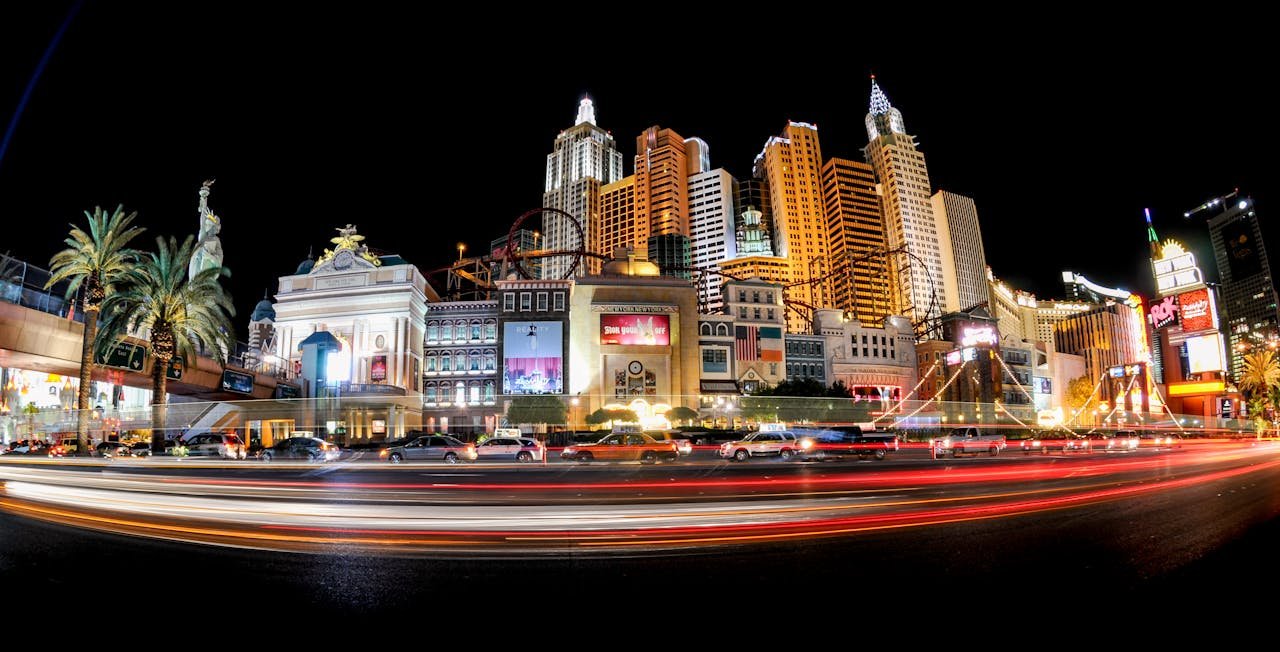
Trump failed in the casino business due to excessive debt and poor management decisions. His ventures faced multiple bankruptcies and financial losses.
Donald Trump’s foray into the casino industry initially seemed promising. He entered the market with grand ambitions, acquiring and building several casinos in Atlantic City during the 1980s and 1990s. Despite his high-profile brand and lavish investments, these ventures struggled financially.
Poor management decisions, combined with excessive debt, led to multiple bankruptcies. The competition in Atlantic City intensified, and his casinos could not sustain profitability. Trump’s failure in the casino business serves as a cautionary tale about the risks of over-leveraging and the importance of effective management. His story underscores the volatile nature of the gambling industry and the challenges of maintaining long-term success.

Rise Of Trump Casinos
Donald Trump, a name synonymous with luxury, once set his sights on the casino industry. His ambition saw the birth of grand casinos that promised opulence and success. The rise of Trump Casinos began with high hopes and grand visions. Let’s dive into the journey of these casinos.
Early Ventures
Trump’s initial foray into the casino world started in the 1980s. He opened his first casino, the Trump Plaza, in Atlantic City. This marked the beginning of a series of ambitious projects. Trump wanted to dominate the East Coast casino market.
Here are some key points about his early ventures:
- Trump Plaza: Opened in 1984, it was his first casino.
- Trump’s Castle: Later renamed Trump Marina, opened in 1985.
- Trump Taj Mahal: Dubbed the “eighth wonder of the world,” opened in 1990.
Initial Success
The early days saw a wave of success. The casinos attracted visitors in droves. They were luxurious, and people loved the experience. Trump was on a winning streak. The revenue generated was substantial.
Below is a table highlighting the initial success of Trump Casinos:
| Casino | Opening Year | Revenue (First Year) |
|---|---|---|
| Trump Plaza | 1984 | $150 million |
| Trump’s Castle | 1985 | $200 million |
| Trump Taj Mahal | 1990 | $300 million |
Despite the initial success, challenges were lurking. The high costs and competition started to weigh heavily. The next phase of Trump’s casino saga would be more tumultuous.
Financial Struggles
Donald Trump’s casino ventures faced significant financial challenges. These struggles were marked by debt and high operational costs. Let’s break down the key issues.
Debt Accumulation
Trump’s casinos were buried under massive debt. The projects were financed with high-interest loans. This created a cycle of borrowing more to pay off previous debts.
| Casino | Initial Debt | Interest Rate |
|---|---|---|
| Trump Plaza | $250 million | 14% |
| Trump Castle | $338 million | 12% |
| Trump Taj Mahal | $675 million | 15% |
These high debts were unsustainable. The casinos could not generate enough revenue to cover the interest.
Operational Costs
Trump’s casinos had high operational costs. This included maintenance, staff salaries, and marketing expenses. The luxurious nature of these casinos added to the costs.
- Maintenance: $10 million annually
- Salaries: $20 million annually
- Marketing: $5 million annually
These expenses quickly added up. They further strained the already debt-laden casinos.
Management Missteps
Trump’s casino ventures faced many challenges. The biggest problems were due to management missteps. These errors greatly affected the success of his casinos.
Leadership Choices
Trump made poor leadership choices. He hired the wrong people. Many lacked experience in the casino industry. Their decisions led to many failures.
Good leaders know the industry well. They make smart choices. Trump’s leaders did not have this knowledge. This caused many problems.
Strategic Errors
Trump’s strategies failed. He took big risks without proper planning. One of his biggest errors was over-leveraging. He borrowed too much money to build his casinos.
High debt led to financial strain. The casinos could not generate enough revenue. This made it hard to pay back the loans.
Trump also failed to adapt to market changes. He did not adjust his strategies to meet new demands. This lack of flexibility hurt his business.
Here’s a summary of the strategic errors:
| Error | Impact |
|---|---|
| Over-leveraging | High debt and financial strain |
| Poor market adaptation | Failed to meet new demands |
- Wrong leaders caused failure
- Big risks without planning
- High debt from borrowing
- Did not adapt to market changes
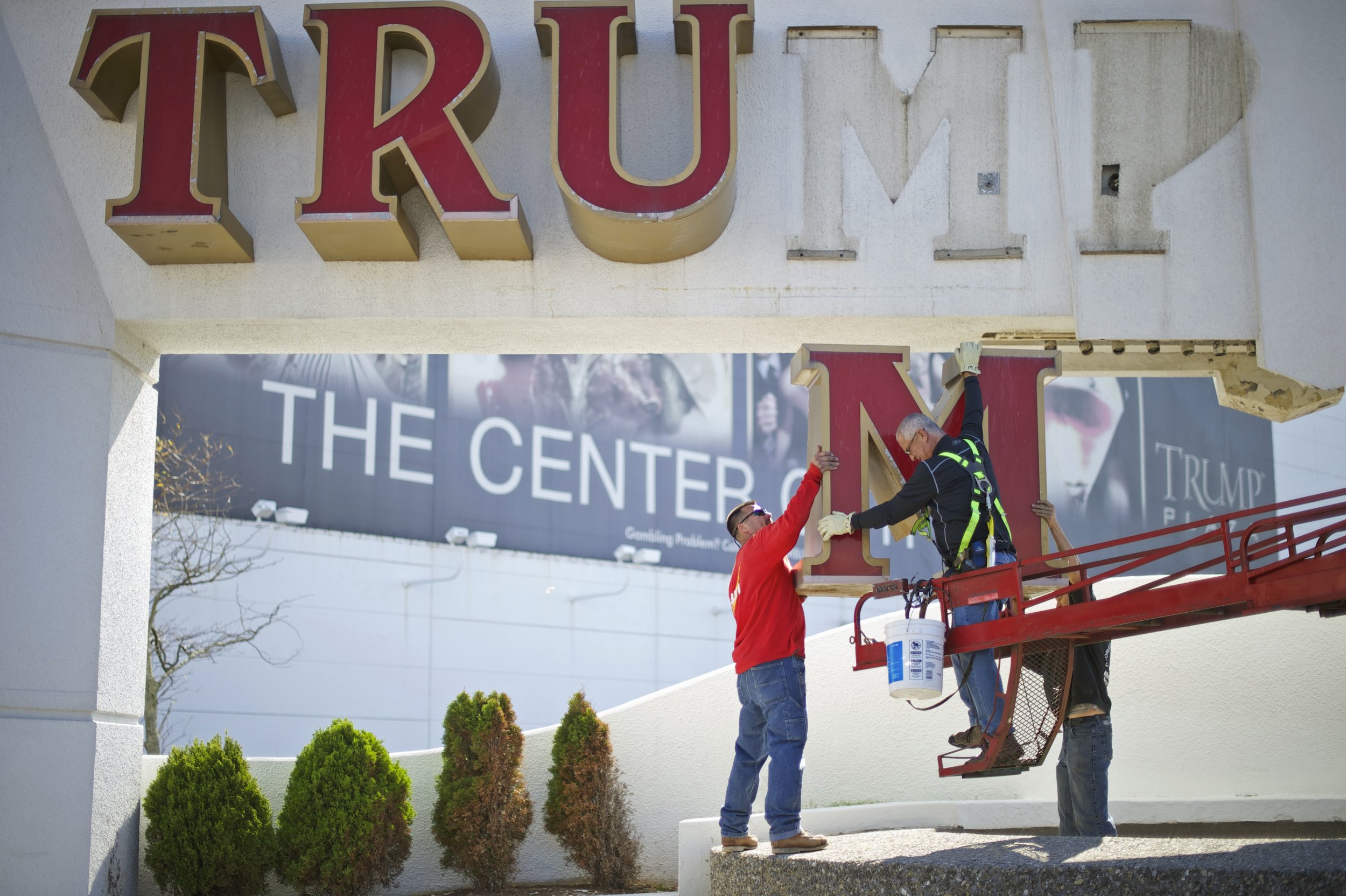
Market Competition
Market Competition played a significant role in Donald Trump’s casino failures. The casino industry is tough. Trump faced many challenges. Let’s explore the specific difficulties he encountered.
Atlantic City Challenges
Atlantic City was a booming casino hub. In the 1980s, Trump entered this competitive market. He launched several casinos. His most famous was the Trump Taj Mahal. This casino was extravagant. It was known as the “eighth wonder of the world.”
But Atlantic City had its own problems. The city was heavily dependent on gambling. Other cities started legalizing casinos. Atlantic City lost its unique appeal. This led to a decline in visitors. Revenue dropped significantly.
Trump’s casinos faced many issues. The high operating costs were a problem. His casinos struggled to stay profitable. The competition was fierce. Each casino fought for the same pool of customers.
Rival Casino Giants
Trump faced strong competition from established casino giants. Companies like Caesars and MGM were powerful. They had experience and resources. These rivals had better locations. They also offered more amenities and services.
Trump’s casinos couldn’t keep up. His rivals invested in renovations. They continuously improved their offerings. Trump, on the other hand, struggled with debt. His casinos were unable to match the competition’s quality. This resulted in a loss of customers.
Below is a comparison table:
| Casino | Strengths | Weaknesses |
|---|---|---|
| Trump Taj Mahal | Lavish Design, Initial Popularity | High Debt, Poor Management |
| Caesars | Strong Brand, Good Location | High Competition |
| MGM | Luxury Amenities, Experienced Management | High Operating Costs |
Trump’s failure in the casino business was not just about poor management. The intense market competition played a crucial role. His casinos couldn’t withstand the challenges posed by Atlantic City and rival giants.
Legal And Regulatory Hurdles
The casino business is complex and heavily regulated. Donald Trump faced significant challenges in this domain. These challenges included legal and regulatory hurdles. Let’s delve into some key aspects of these hurdles.
Licensing Issues
Licensing is crucial for operating a casino. Without proper licenses, a casino cannot function legally. Trump encountered many problems in securing and maintaining licenses. These issues hampered his casino operations.
Several factors contributed to his licensing troubles:
- Background Checks: Authorities perform thorough checks. Any red flags can delay or deny a license.
- Financial Stability: Casinos must prove financial stability. Trump’s casinos faced financial instability.
- Compliance Records: Previous compliance issues can impact new licenses. Trump’s ventures had compliance concerns.
Litigations And Settlements
Legal battles are not uncommon in the casino industry. Trump’s casinos were no exception. They faced numerous litigations and had to settle many cases.
Here are some notable litigations:
- Contract Disputes: Many contractors sued for unpaid work. This led to costly settlements.
- Regulatory Fines: Regulatory bodies fined Trump’s casinos for various violations.
- Employee Lawsuits: Employees filed lawsuits for unfair treatment and unpaid wages.
These legal issues drained financial resources. They also tarnished the reputation of Trump’s casino ventures.

Frequently Asked Questions
What Happened To The Trump Plaza Casino?
Trump Plaza casino closed in 2014 due to declining profits. It was demolished in February 2021.
Why Doesn T Trump Hotel Have A Casino?
Trump Hotel doesn’t have a casino due to Nevada laws prohibiting casinos in non-gaming hotels. This decision aligns with Trump’s business strategy.
Does Trump Still Own Casinos?
No, Donald Trump no longer owns casinos. He sold his last casino, Trump Taj Mahal, in 2016.
What Happened To The President Casino?
The President Casino closed in 2010. The Missouri Gaming Commission revoked its license due to safety concerns.
Conclusion
Trump’s casino ventures failed due to debt, poor management, and market competition. His business decisions led to multiple bankruptcies. Understanding these factors provides valuable lessons for aspiring entrepreneurs. Analyzing his mistakes can help avoid similar pitfalls. The casino industry demands careful planning and financial prudence.
Learn from Trump’s missteps to achieve success.


